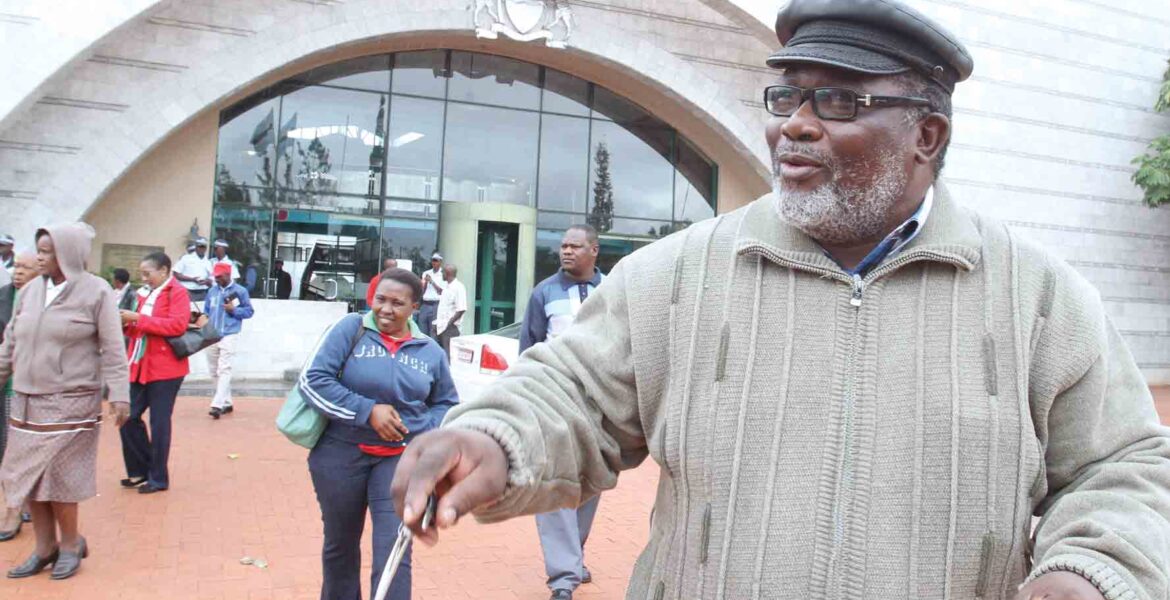“In my view, whether investigations are still on-going or not does not take the matter any further. As I have stated above, the crux of the main application is disclosure of confidential information safeguarded by Section 44 of the Corruption and Economic Crime Act. Information can still be confidential even if investigations relating to that information have been completed. Furthermore the disclosure that is sought to be prevented does not only relate to investigations, it also seeks to protect the identity of informants and whistle blowers and prospective witnesses…In the final analysis, the Union’s pathway to joinder is littered with several legal pitfalls and mine-fields.”
Leburu J in Media Institute of Southern Africa & Anor v The Attorney General
The High Court in Lobatse recently decided a matter in which National Amalgamated Local Central Government and Parastatal Workers Union (NALGCGPWU) sought to be joinder in the Directorate on Corruption and Economic Crime case in which the Attorney General applied for interdiction against Sunday Standard and its Editor, from publishing certain information on, and witnesses relating to the investigation surrounding Director General, Directorate of Intelligence Services. The Union based its interest on the matter on the main ground that it was in possession of the material and wished to publish it too and most importantly that it has the right to receive information and impart it.
Many legal issues remain resolved in this matter from the judgment itself. I wish to address only two of those. The first is whether the Union, if it were to publish the material, is not subject to Section 44 of the Corruption and Economic Crime Act. The second is whether the Union has the right to, after receiving information (the DCEC Docket on Director General, DIS), it has the right to impart it. The Court does not address the latter issue whilst it acknowledges the right to receive information. That omission is both material and problematic. If it is found in favour of the Union, of necessity, Section 44 is applicable to the Union as in the material instance. The applicability of Section 44 necessarily means, without further inquiry, that the Union has ‘sufficient’ interest on the matter. They therefore are a worthy candidate for joinder, the nomenclature of the nature of interest aside. That question is a legal issue inasmuch as it is a factual one.
The exclusion of the Union’s joinder appears to be premised primarily on whether their publication will be in a ‘newspaper’ in the form of Sunday Standard and role of Unions with the narrow sense of NALGCGPWU’s Constitution without consideration of the facts placed before court and the implications of the publication against Section 44. Section 44 prohibits the disclosure and publication of investigation without reference to form or mode of communication by any person to any person. The Union is such any person and so are its members. If they elect to make that disclosure or publication through Facebook that publication or disclosure suffices for purposes of Section 44.
I do not imagine for a moment that the drafters of Section 44, if they were to asked if they were aware of Facebook at the time of the drafting of the Act could have excluded its application to it or have said ‘any person’ in Section 44 referred to natural persons only. I will submit that by refusing the joinder application by the Union, the Court has clothed the conduct of the Union, if they disclose and publish, with ‘reasonable excuse’. Once one has a right to receive information and further says I am entitled to impart it and will do so in due course, failure to address that material question by allowing joinder is to subtly permit of the disclosure or publication. The ipssisma verba of Section 44 is that ‘any person’, natural or juristic, is prohibited from publication. The Court has, with respect, unfortunately failed to develop the law on joinder in light of modern technologies, in the course of which it possibly created ‘legal pitfalls and mine-fields’.

